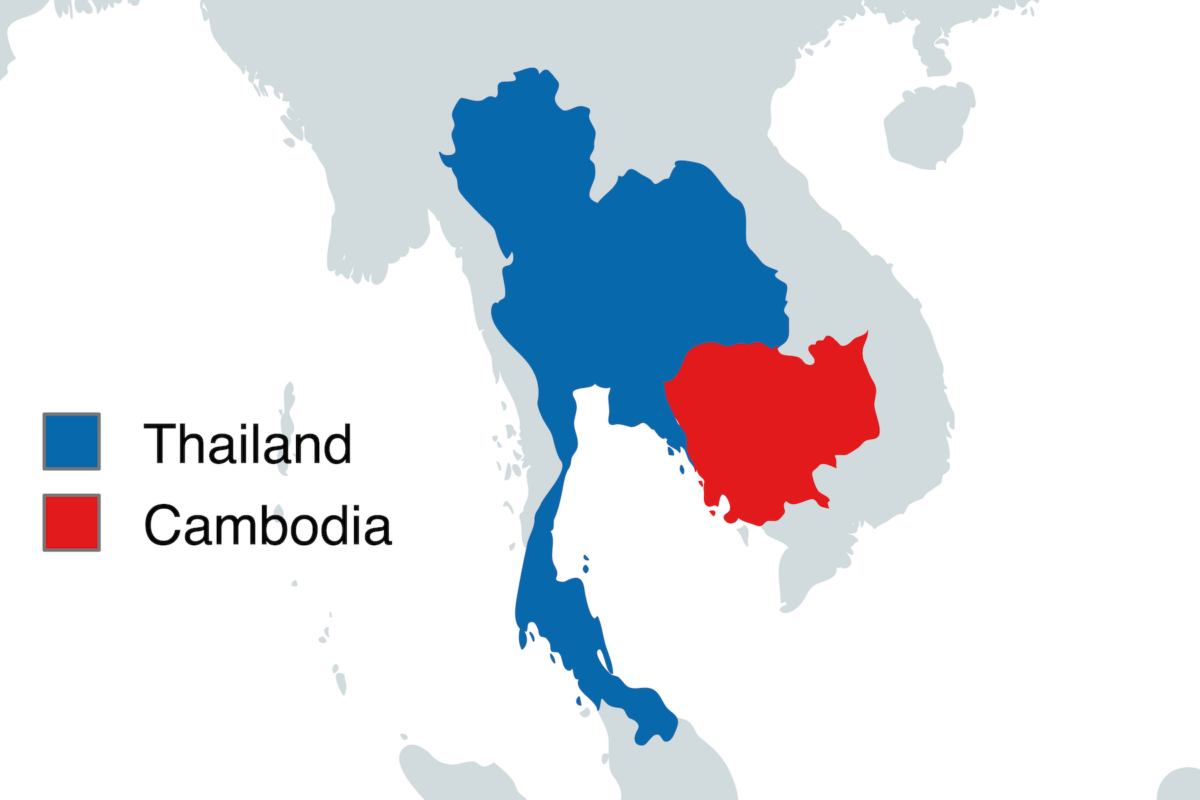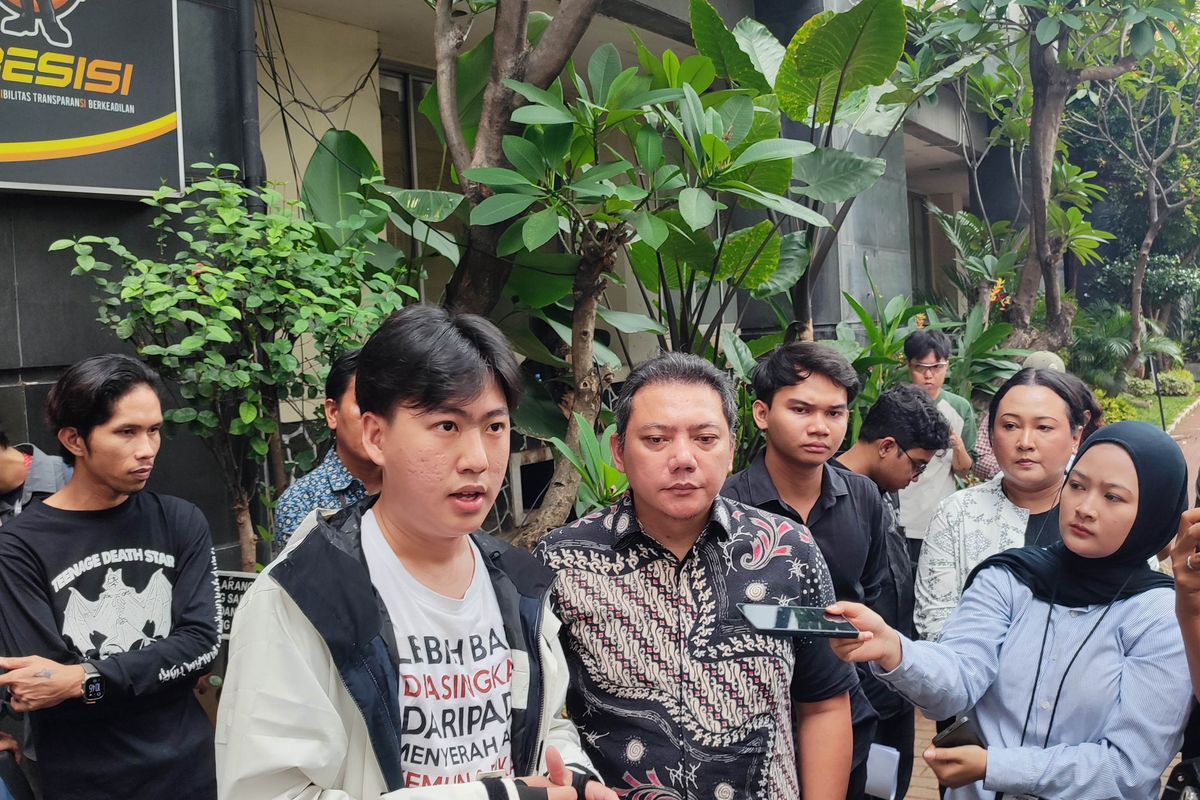Imagine a diplomatic chessboard where traditional players are suddenly sidelined, and new ones emerge to take control. In a notable shift, the United States has reoriented its approach to the Iran nuclear negotiations, moving away from its European allies and engaging directly with Gulf nations such as Saudi Arabia, the United Arab Emirates, Oman, and Qatar. This strategic pivot reflects a broader realignment in Middle Eastern diplomacy.
On June 6, 2025, reports from Washington indicated that President Donald Trump’s administration is pursuing a bilateral agreement with Tehran, diverging from the multilateral framework of the 2015 Joint Comprehensive Plan of Action (JCPOA) that involved European powers. This change underscores the administration’s “America First” policy and acknowledges the evolving dynamics in the Gulf region, where Sunni-majority states are increasingly open to dialogue with Shia-majority Iran.
Oman and Qatar have stepped in as facilitators for indirect talks between the US and Iran, while Saudi Arabia is actively participating in high-level diplomacy to support the negotiations. The Gulf nations, once proponents of maximum pressure on Iran, now advocate for diplomatic solutions to avoid regional instability.
Iran, for its part, sees value in involving Gulf states to prevent sabotage and secure economic backing. A proposed uranium enrichment consortium, including regional players, is being considered as a potential compromise.
Meanwhile, European countries find themselves marginalized in the current negotiations, with limited participation and strained relations with Iran following the US withdrawal from the JCPOA and Iran’s subsequent nuclear activities. Europe faces the dilemma of triggering UN sanctions if diplomacy fails, highlighting their reduced influence in the ongoing talk




